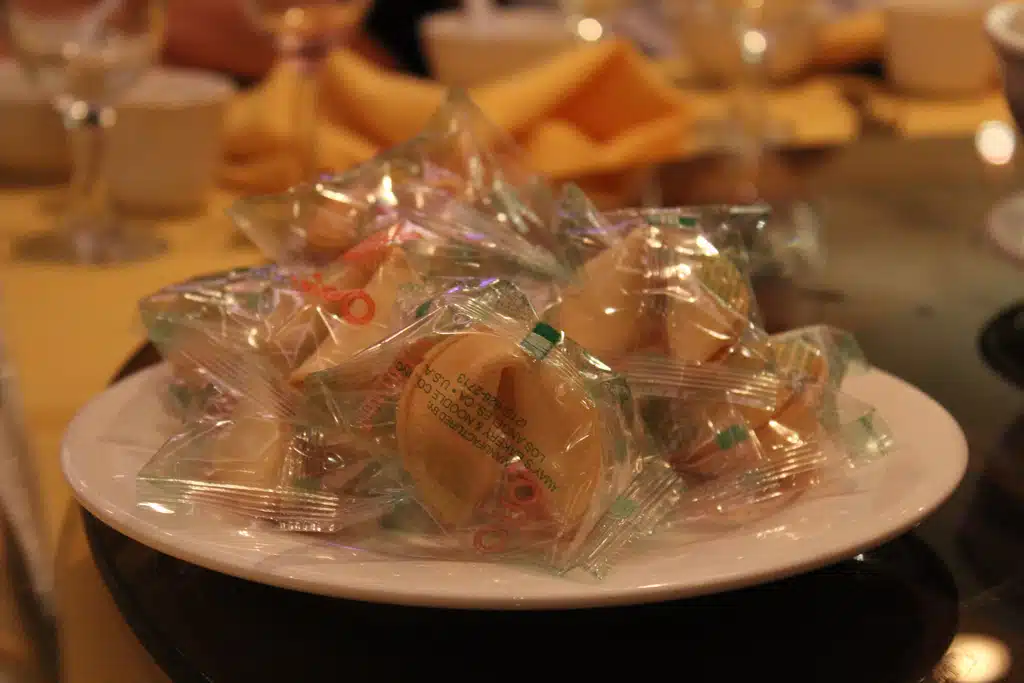Nonprofits: Be the Fortune, Not the Cookie


Full Platform Overview Chat With Us



Full Platform Overview Chat With Us





When I learned that a manicure costs anywhere between $20-70, my initial reaction was, “this is outrageous!”
Especially when I found out that a good bottle of nail polish usually costs less than $12 and those are good for 30-50 paintings per bottle.
What a waste of money…
Why would someone ever pay that much?
I started wondering why people make seemingly irrational purchase decisions when the value equation just doesn’t add up. If you just bought a bottle of polish and watched some YouTube videos, you could be saving yourself $10 bucks a pop.
Then it hit me. People don’t pay outrageous prices for the product itself, people pay for the meaning, experiences and stories they attach to those things.
As Bernadette Jiwa says in her book Difference, “The fortune, not the cookie, is what people actually care about.”
The story behind the stuff is what gives any finite and trivial thing meaning.
The charity:water fortune cookie
Since being founded in 2006, charity:water’s rise has been meteoric and their impact on the world has been tremendous, raising over $100 million in total.
It’s not because they’re the only nonprofit whose mission is to provide clean and safe drinking water to developing nations.
How many of those exist today?
It’s because of the meaning, experiences and stories we’ve attached to their brand.
They’ve helped us do that in three main ways:
1. They’ve done an amazing job of infusing difference into all of their marketing.
Every piece of content that you see attached with their brand is just different. Starting with their name, charity: water.
The first thing that strikes you when you look at their name is that it’s lowercased and it has a colon in it! That’s different.
The next thing is their website. When you get to the homepage, you’re immediately immersed in a happy experience that feels upbeat and vibrant. It isn’t just a blanket mission statement next to a counter displaying how much money they’ve raised this year.
Their marketing is much more memorable and different than other nonprofits in their field and that’s why people remember them.
2. They’ve attached themselves to important landmarks in someone’s life, like a birthday.
This strategy is absolutely brilliant! I don’t remember much about the little events that happened in 2014, but I can certainly remember my birthday.
charity: water understands that birthdays are not only memorable times in our lives, but we also associate birthdays with gifts. So they leverage both of these facts to help us create an unforgettable experience.
By allowing people’s friends and families to give the gift of a donation instead of a traditional one, charity: water is able to utilize outsiders to boost their brand and advance their mission of providing clean water in the process.
So even people not familiar with charity: water have an opportunity to attach meaning and an experience to their story. Simply amazing.
3. They actually show you the impact that you’re making.
Quarterly or bi-annually, I get direct mail updates from the nonprofits I support telling me about what the overall giving has helped to accomplish in their organizations.
This is radically different from a GPS tracking update of my donation and a personalized report of where that money actually went!
Every nonprofit understands how giving makes their supporters feel but charity: water is able to close the feedback loop our brains are searching for by actually connecting that feeling with a tangible result. My giving actually went to _____ in _____.
This allows the supporter to attach a lot more meaning to their donations.
Why nonprofits need to adopt storytelling
Some of the best brands outperforming their competitors, like Whole Foods, Patagonia and Apple, have done so through storytelling. If you haven’t seen Apple’s 1984 SuperBowl commercial, I urge you to do so. Commercials like these help us to justify manicure-like purchase decisions because we have attached meaning, experiences and stories to what we’re buying.
One benefit these brands have over most nonprofits is they’re actually offering physical products and services to help us close the feedback loop, to help our brains complete that story.
So how much more important is it for nonprofits to tell great stories?
Empathy alone isn’t enough
Your audience is constantly being bombarded with heartbreaking and gut-wrenching stories on social media every day. This over-awareness has created a de-sensitized culture, numb to the harsh realities of hurt and pain happening around the world.
So the likelihood of the generic, empathetic, heartfelt video getting lost in the shuffle with all the other marketing content is high, unless it’s associated with a deeper meaning or an experience.
My challenge to you is, don’t just give your donors the numbers and facts, give them a story and don’t give them them any story… help them attach meaning and experiences to those stories.
After all, that is the reason we get fortune cookies and manicures right?
Your audience will be moved to action and in the process you will create lifelong relationships with your future donors.

Comments
Week in Review: 3 Valuable Paradigm-Shifting Ideas for Nonprofits - Pursuant : Pursuant
Donor Engagement: How to bring more meaning to your fundraising campaigns – Relationship Science